June 11, 2018
Coworking is breaking away from its cultural and geographical stereotypes
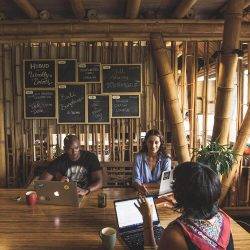 There is a persistent image of a coworking space as a sort of glorified serviced office for tech and creative startups who can’t afford the eye-watering rents in the areas they need to be. This is usually in the technology hothouses of the world’s major cities where they can work alongside the corporate giants and fellow innovators that thrive there. The reason such perceptions exist is because they are largely true. It’s no coincidence that coworking spaces have thrived up till now in the world’s most expensive property markets – in London, Hong Kong and New York, serving exactly the sorts of start-ups and freelancers who rely on proximity to their potential clients.
There is a persistent image of a coworking space as a sort of glorified serviced office for tech and creative startups who can’t afford the eye-watering rents in the areas they need to be. This is usually in the technology hothouses of the world’s major cities where they can work alongside the corporate giants and fellow innovators that thrive there. The reason such perceptions exist is because they are largely true. It’s no coincidence that coworking spaces have thrived up till now in the world’s most expensive property markets – in London, Hong Kong and New York, serving exactly the sorts of start-ups and freelancers who rely on proximity to their potential clients.






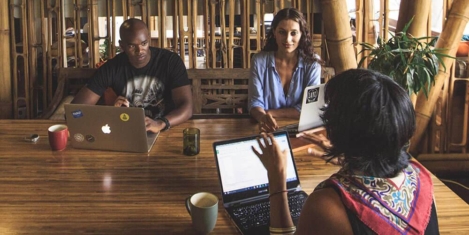
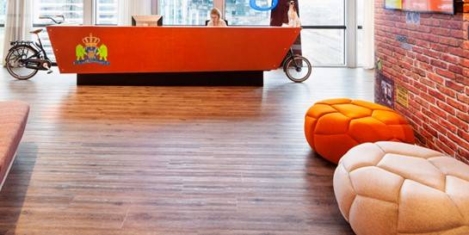
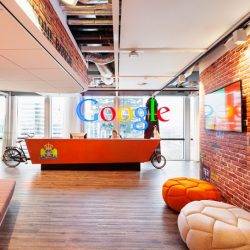


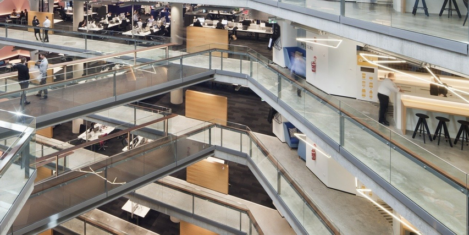
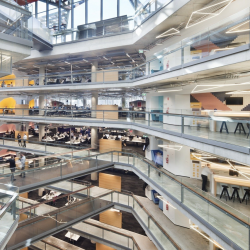


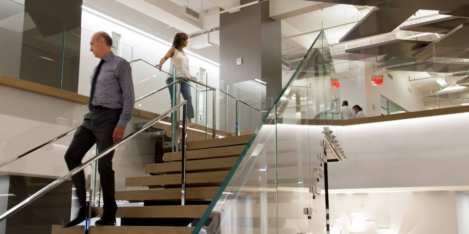
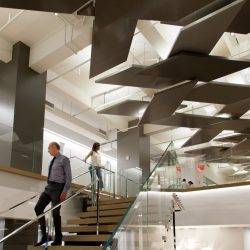






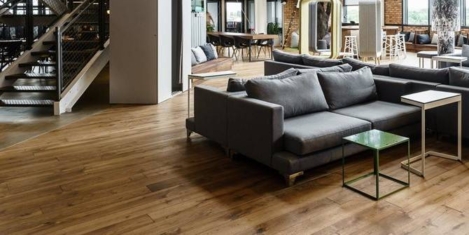
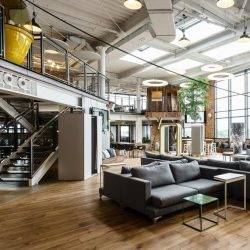

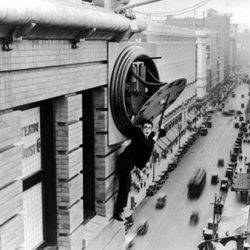


















June 12, 2018
Keeping people at the heart of the modern workplace
by Ryan Anderson • Comment, Technology, Workplace design
More →